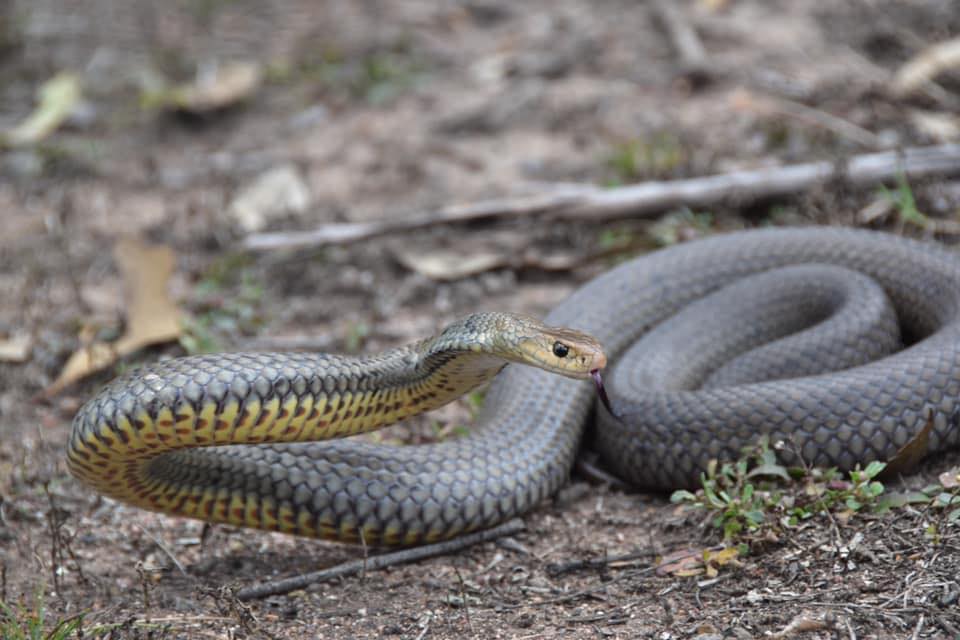
Wide Bay Hospital and Health Service is urging the community to use caution to avoid being bitten by snakes as the weather warms up.
Australia has many animal and insect species that may bite or sting, with 11 of the world’s 12 most venomous snakes found in Australia.
It can be difficult to distinguish which bites and stings are serious from those that are not, and we encourage anyone who has been bitten by a snake to follow basic first aid immediately after being bitten and to then present to the nearest emergency department as soon as possible.
It is important that the community practice vital first aid in the event a person is bitten by a snake.
While snakes can be unpredictable in where they choose to rest and what prompts them to bite, simple precautions can be taken to reduce the likelihood of being bitten by a snake.
Keeping your grass short, removing shelter including piles of building materials and rocks, ensuring the area around your house is clear, and sealing potential entrances to your home can all help to deter snakes from calling your property home.
These measures are not foolproof, however, and it can be difficult to determine if you have been bitten by a snake, especially if the reptile remains hidden.
Signs and symptoms of snake bites can include:
- Puncture marks
- Nausea and/or vomiting
- Diarrhoea
- Headache
- Drowsiness or feeling lightheaded
- Change in vision
- Chest or abdominal pain
- Difficulty breathing
Anyone suffering from these symptoms should immediately call 000, and those who may be present to assist them should check the bite patient’s breathing and circulation.
If the patient is not conscious, follow the DRSABCD of first aid – check for Danger, determine if the patient is Responsive, Send for help, check their Airway, check their Breathing, start CPR if they are not breathing, and use a Defibrillator if available.
Snake bites require specific first aid steps to be taken immediately to increase the chances of survival, and the following steps are encouraged when managing a suspected or known snake bite, at the time of the bite and before heading to hospital where possible:
- Avoid washing the area – any venom on the skin can be used to help identify the type of snake involved.
- Firmly bandage the area of the body involved (including the wound) – start above the fingers or toes and use a bandage, clothing or towel; whatever is on hand.
- Immobilise the limb to slow down the speed that the snake venom travels through the patient’s body – use a splint, and ensure the patient sits and limits their movement.
- Mark the bandage to show where the bite is – this helps medical staff examine the bite without removing the whole bandage, and keeps pressure on the limb, slowing the venom from pumping through the body.
- Continue to check the pressure of the bandage – it needs to be tight but shouldn’t cut off circulation. Loosen the bandage if the patient’s fingers or toes change colour.
WBHHS advises the community that applying a tourniquet, cutting the wound or sucking the venom from the puncture site is not recommended.
Further, we strongly urge you from attempting to kill the snake – not only is this dangerous, snakes are protected by law.
While being bitten by a snake can understandably create anxiety, WBHHS wishes to reassure the community that all hospitals and facilities across our health service hold stocks of polyvalent, which is used to treat snake bites.
WBHHS staff, including in our rural areas, are well equipped to manage any snake bite presentations to our emergency departments.
Other stories: School sells baubles to spread Christmas cheer




